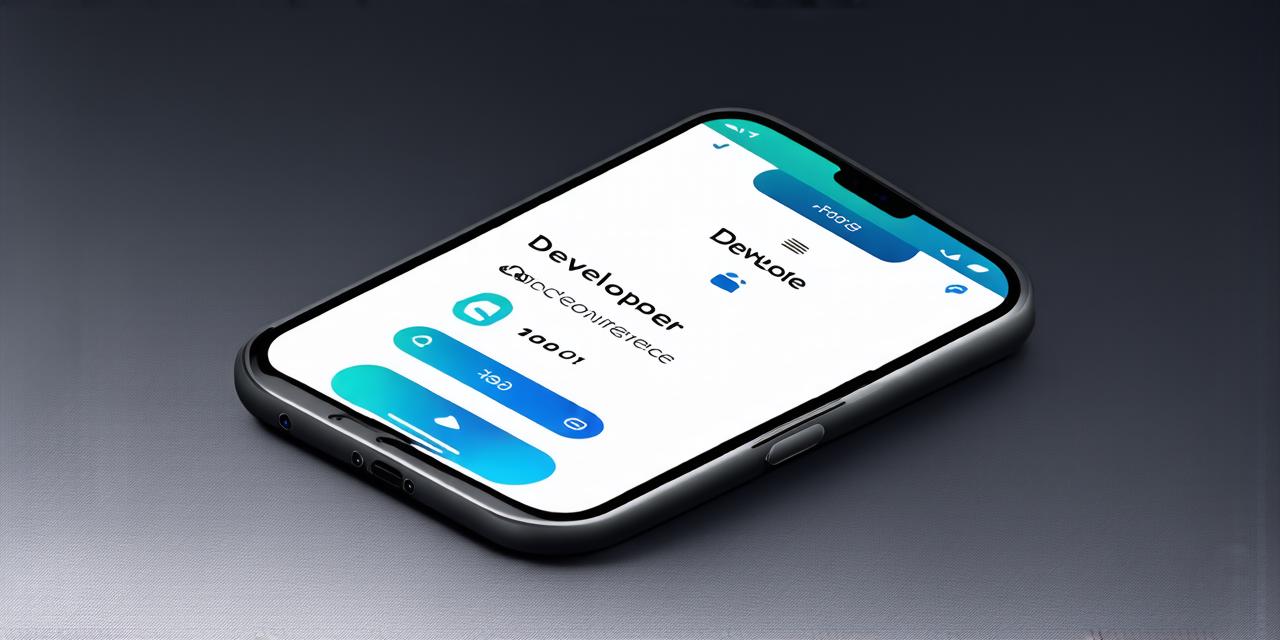As an iOS developer, you are always looking for ways to optimize your workflow and streamline your development process. One of the most important tools at your disposal is developer mode, which provides access to advanced features and settings that can significantly improve your app’s performance and security.
What is Developer Mode?
Developer mode is a feature that is enabled when you install Xcode on your device. It provides access to advanced settings, tools, and features that are not available in standard mode. These include:
- Debugging tools: Developer mode allows you to debug your app in real-time, which can help you identify and fix bugs more quickly.
- App Store Connect: Developer mode grants you access to the App Store Connect, where you can manage your apps, track their performance, and monitor user feedback.
- Developer Options: In addition to the standard settings available in iOS, developer mode provides a set of additional options that are not visible in standard mode. These include features such as device management, Wi-Fi hotspot, and Apple Configurator Pro.
- Jailbreaking: Enabling developer mode can also be useful if you plan on jailbreaking your device, which allows you to install apps outside the App Store.

How to Enable Developer Mode in iOS 17
To enable developer mode in iOS 17, follow these steps:
- Open Settings on your device.
- Tap on About.
- Scroll down and tap on Build Number.
- Tap on the Build Number again until you see a message that says “You are now enrolled as a developer!”
- Tap on Developer Options in the main settings menu.
Note: If you don’t see the option to enroll as a developer, it could be because your device is not connected to the internet or because you have already enrolled as a developer. In this case, you can skip steps 3 and 4.
Using Developer Mode Effectively
Now that you have enabled developer mode, here are some tips on how to use it effectively:
- Debugging tools: Use the debugging tools to identify and fix bugs in your app. Xcode provides a range of debugging tools, including breakpoints, watch expressions, and variable inspection. You can also enable logging and use the console to view error messages and other diagnostic information.
- App Store Connect: Use the App Store Connect to manage your apps and monitor their performance. You can track downloads, reviews, ratings, and other metrics, as well as update your app’s metadata and submit it for review.
- Developer Options: Explore the additional options available in developer mode. These include features such as Wi-Fi hotspot, Apple Configurator Pro, and device management tools. You can also enable USB debugging and use the console to run commands on your device.
- Jailbreaking: If you plan on jailbreaking your device, use developer mode to install apps outside the App Store. However, be aware that jailbreaking can void your device’s warranty and make it more susceptible to security risks.
- Security: Use developer mode to improve your app’s security. You can enable encryption, password protection, and other security features that are not available in standard mode. You can also use the App Store Connect to manage your app’s security settings and monitor for suspicious activity.
Case Study: Using Developer Mode to Optimize Performance
As an iOS developer, you know how important it is to optimize your app’s performance. By enabling developer mode, you can access advanced tools and settings that can help you achieve this goal. For example, you can use the profiling tools in Xcode to identify bottlenecks in your code and optimize them for better performance.
